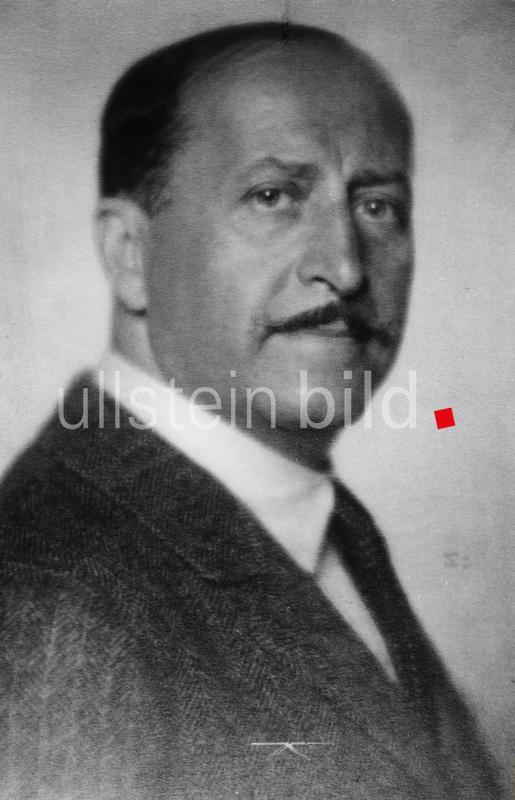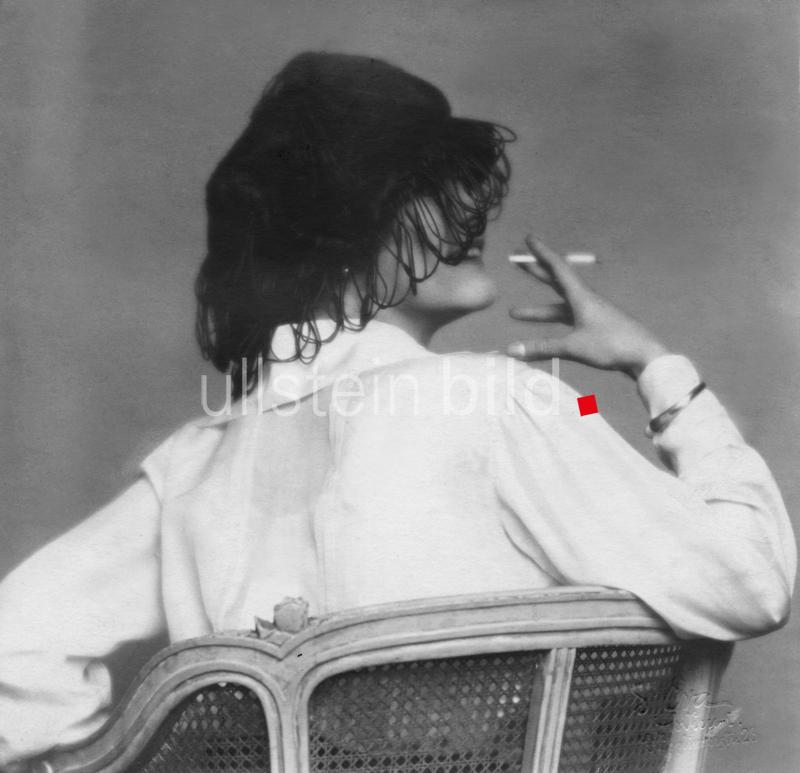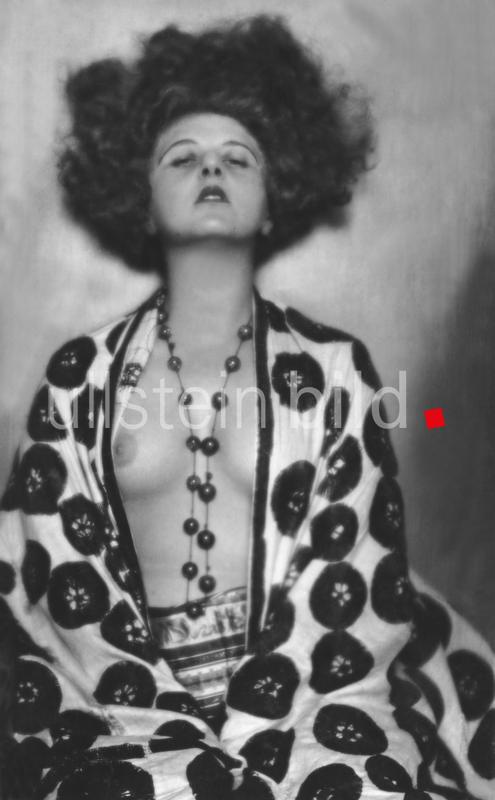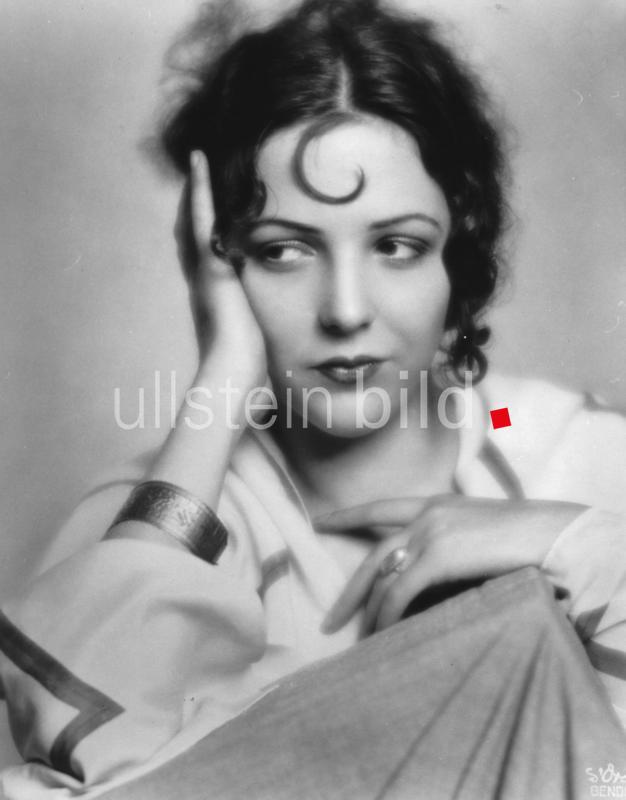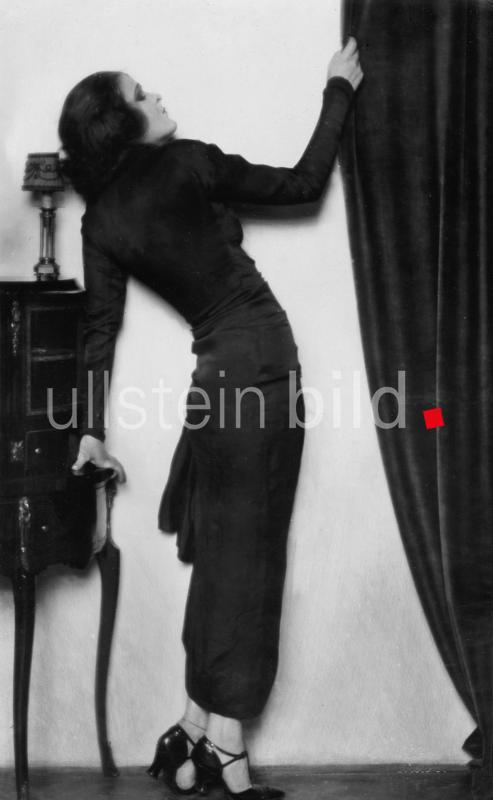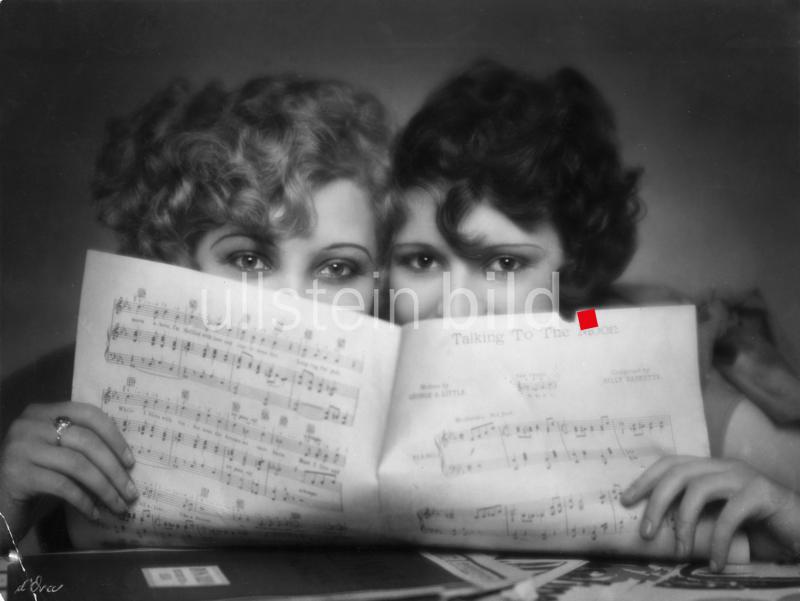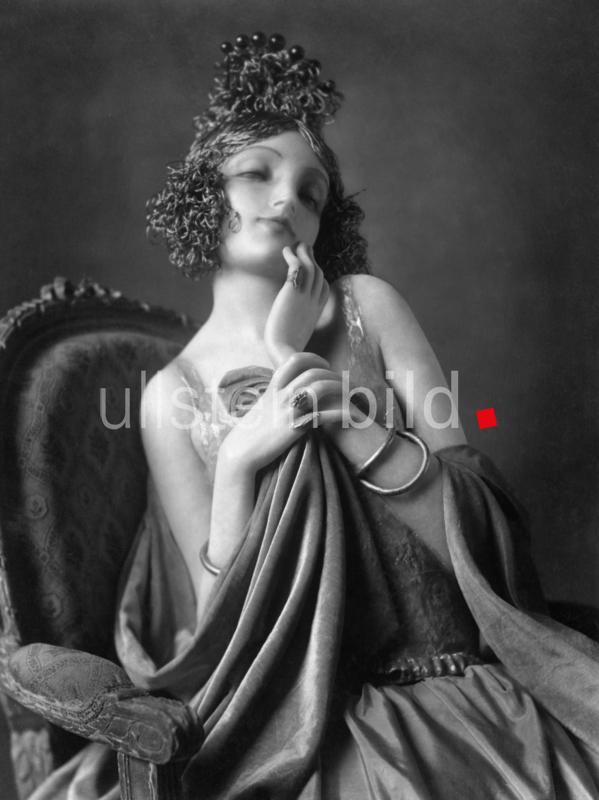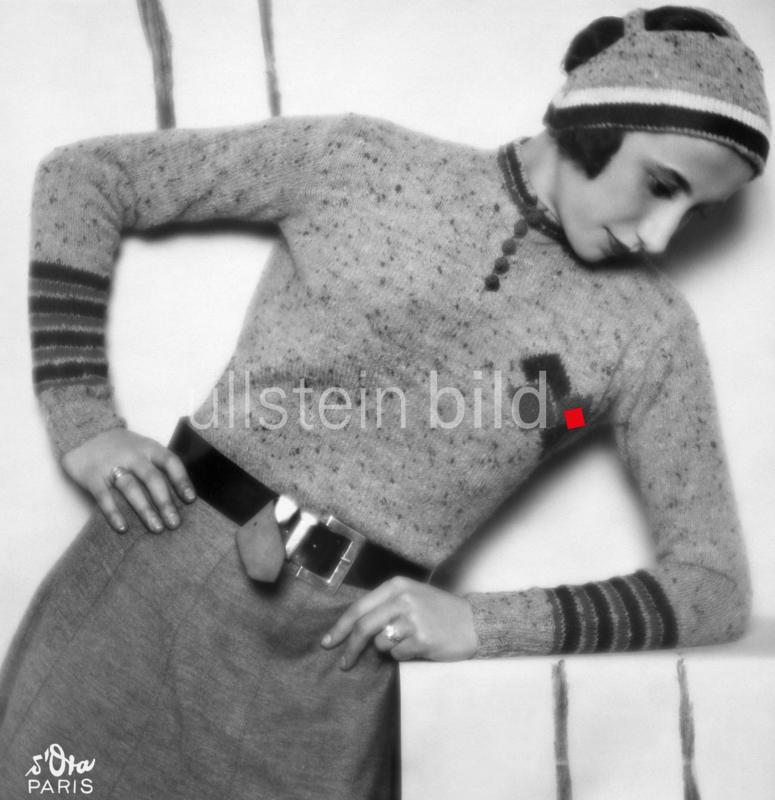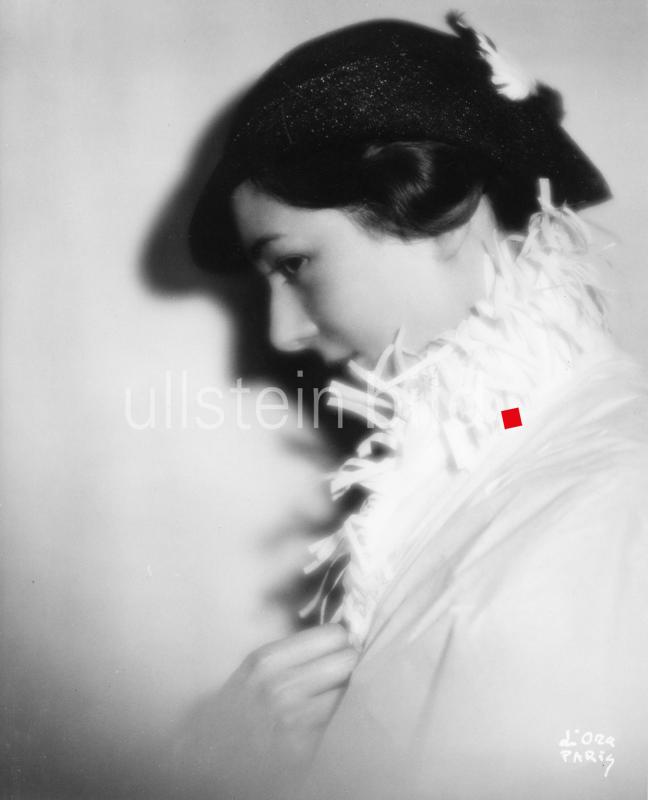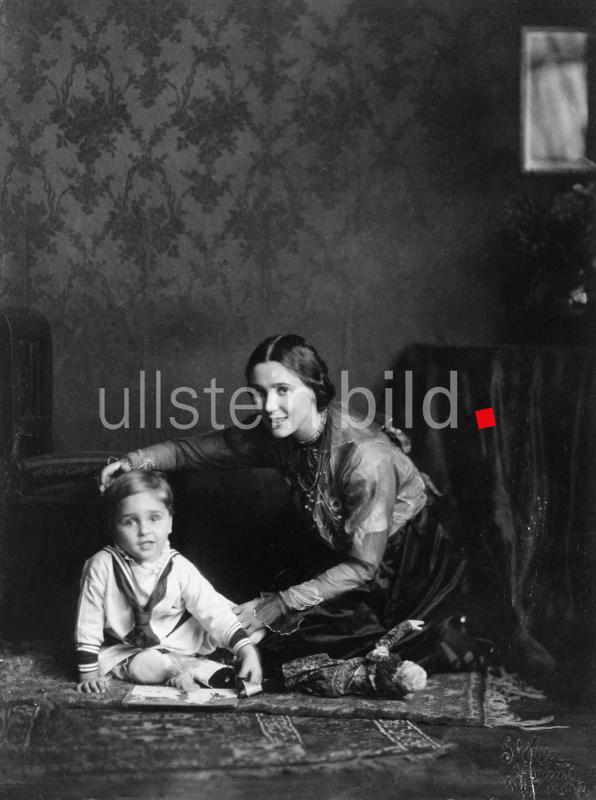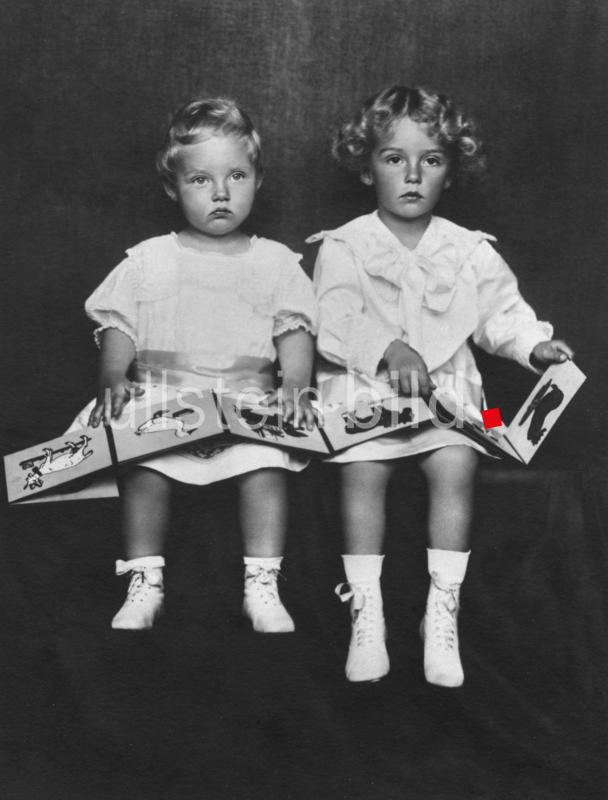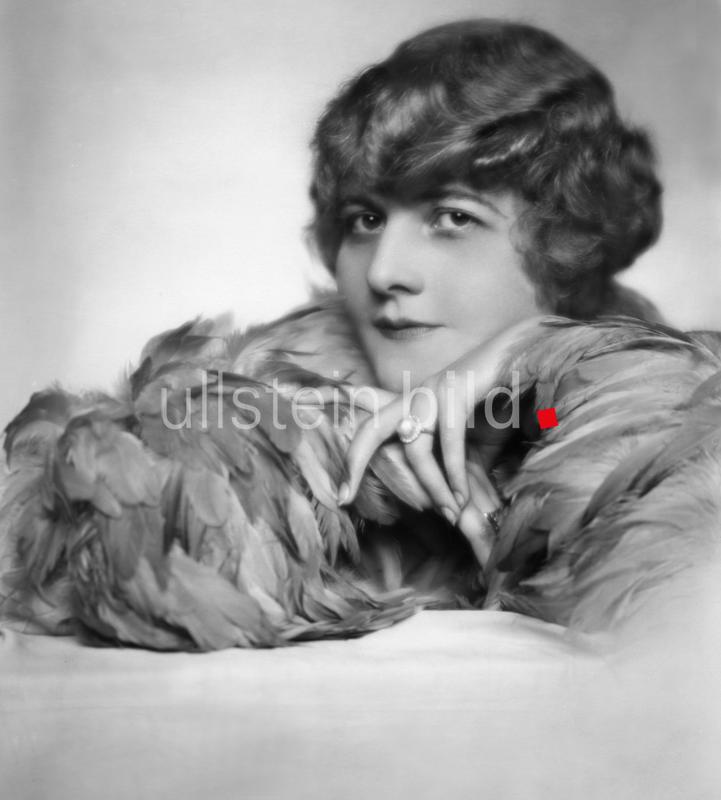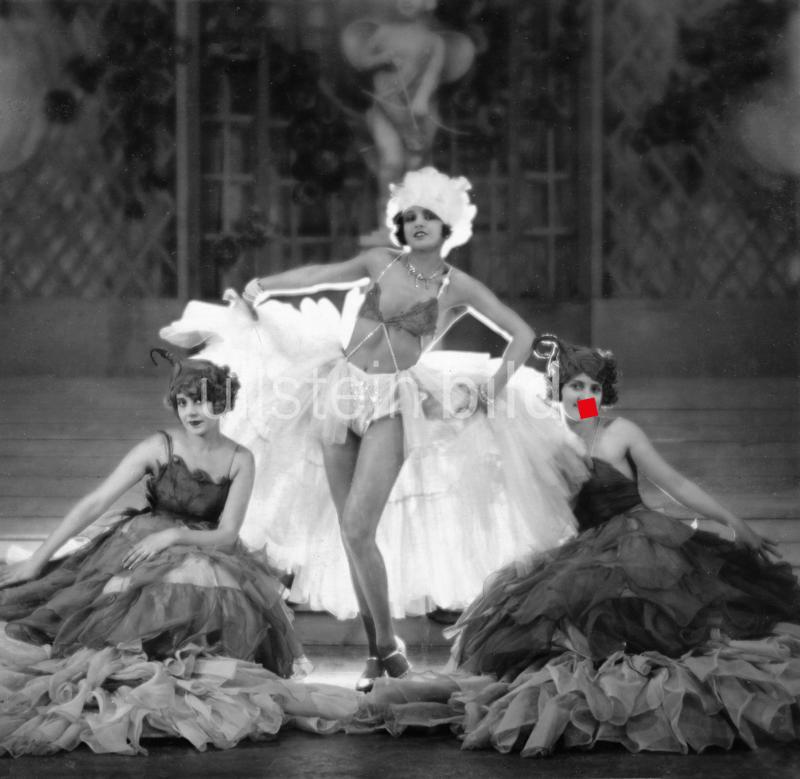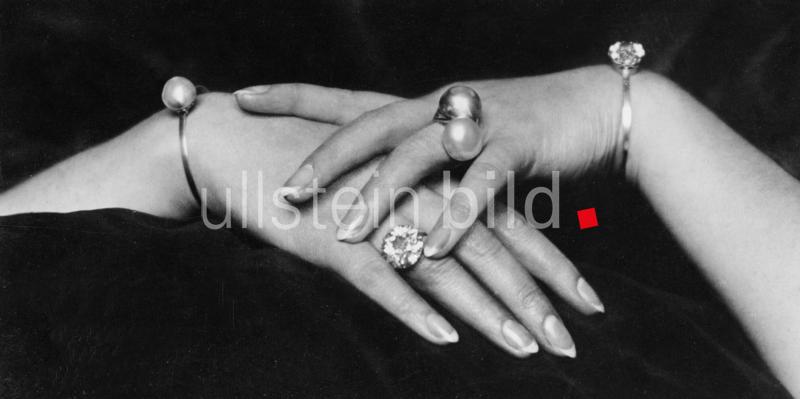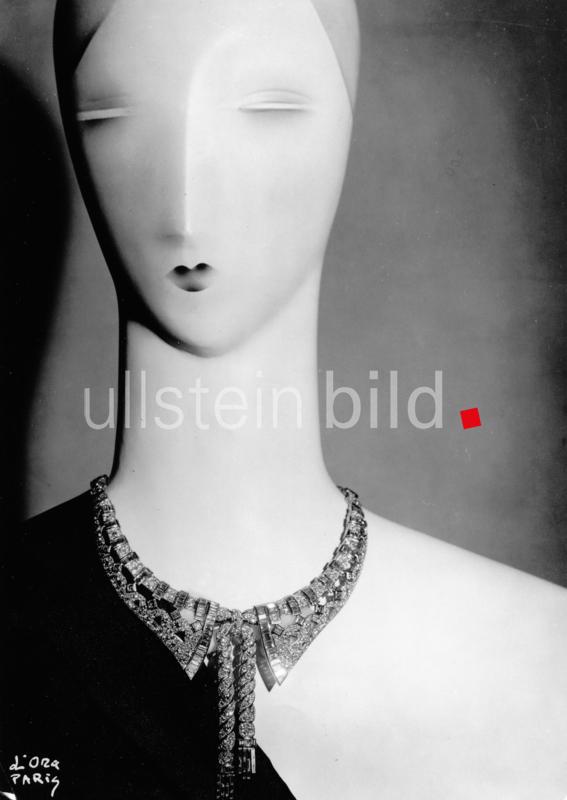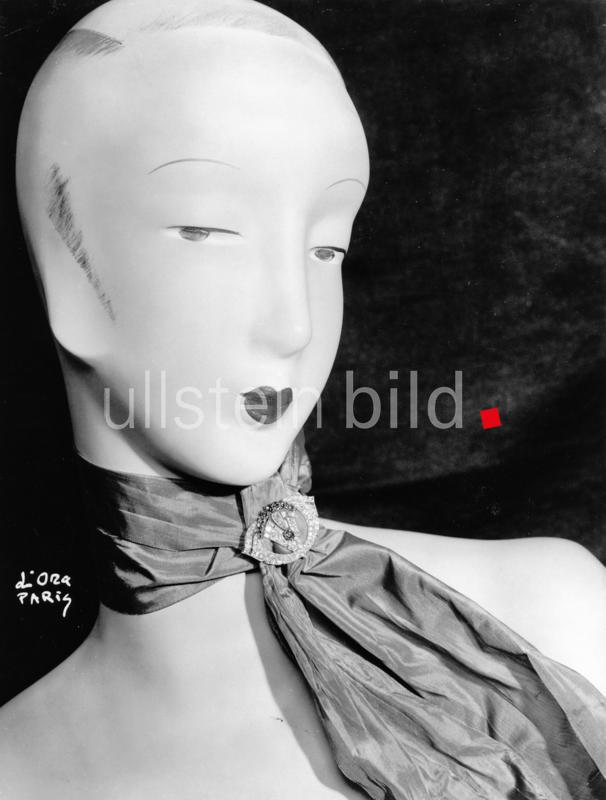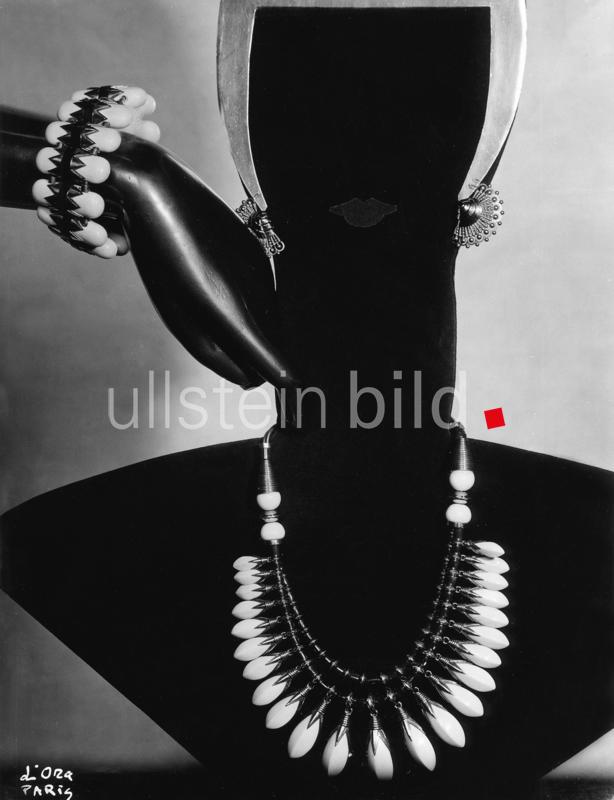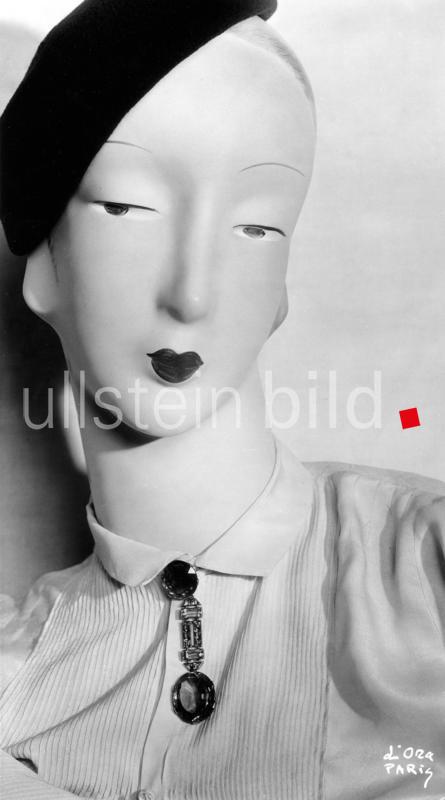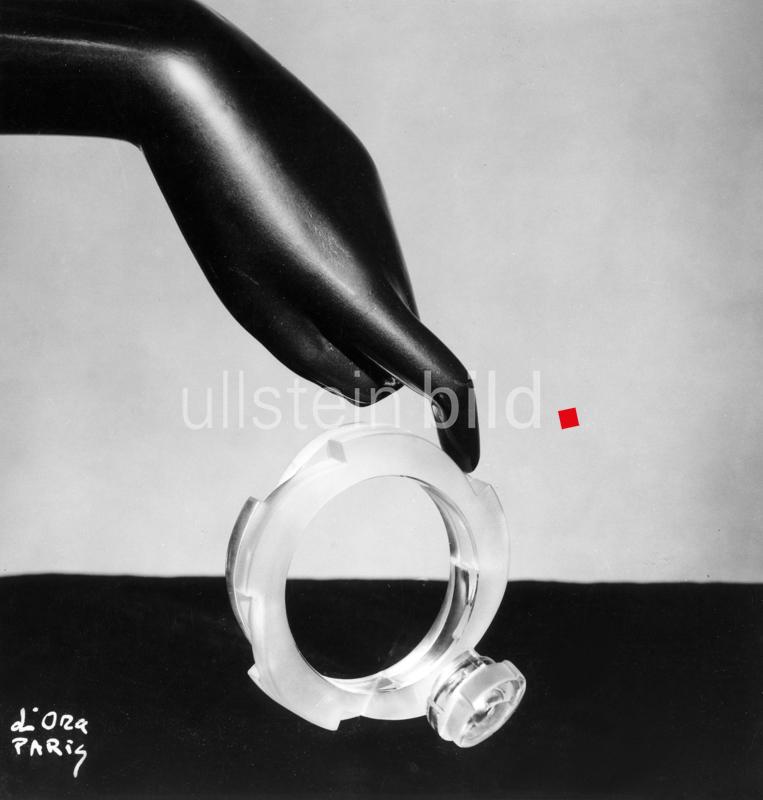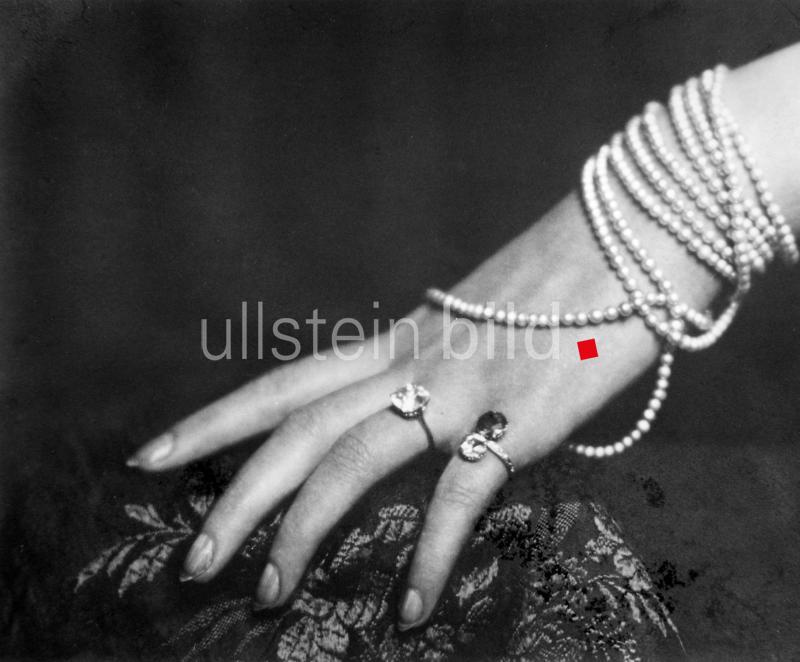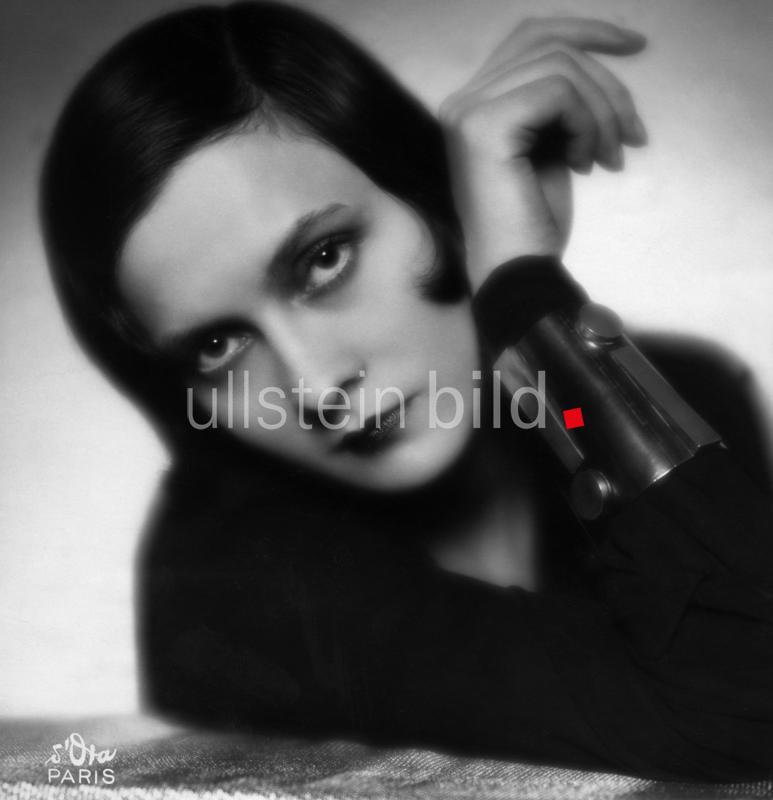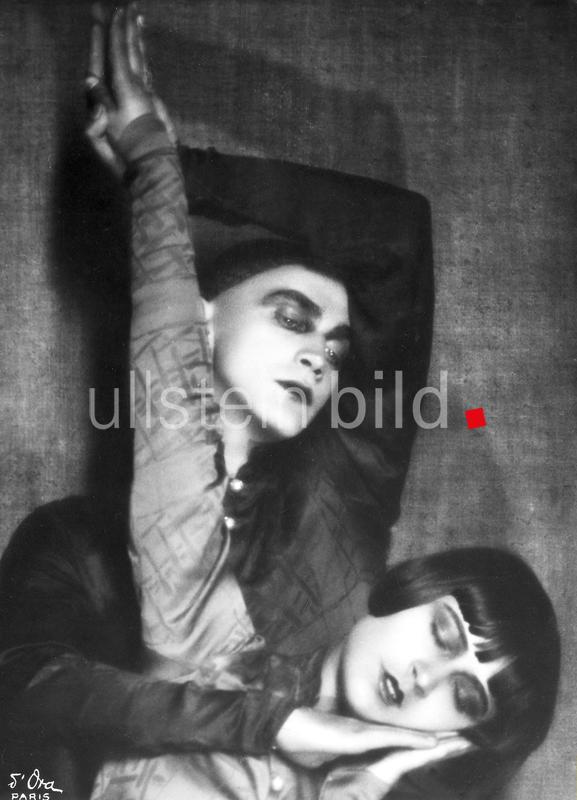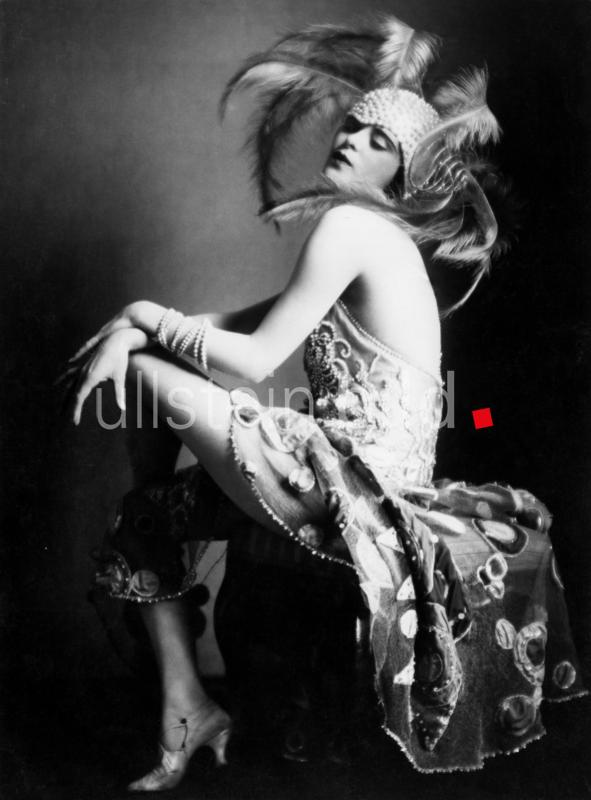D’ORA PARIS
"more than a photographer" at Ullstein in Berlin
Accompanying text to the photo portfolio Madame d'Ora (Dora Kallmus) magazine photography from 1917-1929 at Griffelkunst Hamburg
_____________________________________________________________
Die Dame, one of the most innovative magazines of the 1920s published by Ullstein in Berlin, illustrates the context of the works of Dora Kallmus – d'Ora Paris (1881-1963). Entire picture series would be difficult to imagine without her photographs. Portraits, fashion, society, art and culture: the pictorial themes are highly topical, uniquely crafted and recognizably professional. An expert in her field meets one of the largest magazine and newspaper publishers in Europe. The question of contact arises in view of d'Ora's intensive and successful collaboration with the Berlin publishing house over many years. What is certain is that Madame d'Ora corresponded with Ullstein's editor-in-chief Kurt Korff. Not only her own studio and pioneering exhibitions, but also the publications in an expanding world of newspapers and magazines were of great importance for her progress and success.
Ullstein's first right - the direct way to d'Ora
In the caption of a portrait photograph of d'Ora from 1925, Die Dame exercises demonstrative restraint: where otherwise 'horse and rider' are clearly named and readers are given unambiguous information about the content of the picture, here it is merely abbreviated: "Mrs. M. U. (Vienna), photo: d'Ora." No further accompanying text explains or comments on the almost full-page image. Fortunately, the back of the original photograph of Madame d'Ora, which was printed at the time and is now part of the Ullstein photographic collection at ullstein bild, is more informative. Here we find the decisive handwritten note: "Madame d'Ora, Mrs. Karl Ullstein, Maria Ullstein, Dame 21, 1925". The photographer's stamp with the Viennese address of her studio at Wipplingerstraße 24. The photograph thus shows the wife of the publisher Karl Ullstein. One of the contemporary traces that lead directly from the photographer to the Ullstein publishing house.
The backs of the original photographs for this edition also speak of the collaboration and the editorial processes at Ullstein. The portrait photograph of the Danish dancer Rigmor Rasmussen, published in Uhu in 1926, bears the stamp of Madame d'Ora with the Viennese address of her studio, as well as production notes from the Ullstein publishing house and the note "With first right for Uhu". This first right of use for the magazine Uhu testifies to the importance of exclusivity for the publications. A comparable request is recorded in a letter from Kurt Korff to the Ullstein photographer Dr. Ernst Salomon, dated 1931. Standing in for artistic director Kurt Safranski, who was absent on vacation, Korff addressed admonishing words to Salomon, one of the most sought-after photographers of his time, who was traveling through the U.S. at the time: "You always forget, dear doctor, that you have concluded a contract with us according to which you will submit all your pictures to us. Of course, we must also see the Hearst pictures first."
Studio foundation and loss
A personality like Madame d'Ora was aware of her abilities and yet encountered major obstacles at every stage of her career. Neither her training from 1904 onwards as one of the first women in her field, nor the founding of her atelier went smoothly level paths. "Do the young female photographers who come and go at the Graphische Lehr- und Versuchsanstalt today, on an equal footing with the male sex, know how laboriously I have paved this path for them?" she wrote in retrospect in 1942. After starting out in her home city of Vienna, she studied in Berlin with Nicola Perscheid, whose portrait photography had a lasting influence on her work. Back in Vienna, she set up her first studio there in 1907 and, after a number of busy years, finally moved to the metropolis of Paris in 1925. The city that she always knew "belongs like a heart and lungs in my book and in my life." This premise applied even under the most adverse conditions, as the occupation of France by the National Socialist rulers significantly reduced the opportunities available to the Jewish photographer. In this oppressive situation, Madame d'Ora ended her photographic work and sold her studio in the fall of 1940. A year earlier, her sister Anna had already had to part with her house in Frohnleiten in Austria. D'Ora experienced a serious and painful turning point when her sister was deported to Lodz/Poland in 1941 and murdered by Nazi henchmen. D'Ora fled and spent the next few years in exile in the mountain village of Lalouvesc in the south of France, Ardèche. This saved her from deportation, albeit with constant worry and uncertainty. She returned to Paris in 1945. Her choice of subject matter changed radically: she took pictures in the city's slaughterhouses and in the Austrian refugee camps, photographs of great intensity. It was only later that d'Ora returned to portrait photography and home stories, partly for professional and financial reasons. In her last solo exhibition at the Galerie Montaigne in Paris in 1958, opened by Jean Cocteau and with more than one hundred photographs on display, visitors were able to follow d'Ora's artistic and contrasting work through the decades. Dora Kallmus died on October 30, 1963 in her sister's house in Frohnleiten, Austria, which had been restituted after the war.
Ullstein's homage to a photographer
One of Madame d'Ora's most impressive photographs is her self-portrait with cat from 1929. The handwritten signature d'Ora Paris on the front of the image is accompanied by a regular and clear request by the photographer for publication, as stated on the back of her photograph of the dancer couple Harald Kreutzberg and Yvonne Georgi: "Toute photographie reproduite sans D'ORA PARIS est interdite." ("Any reproduction of the photograph without D'ORA Paris is prohibited."). In the case of the self-portrait, this handwritten signature once again emphasizes the special nature of a singular and carefully composed photograph. And this peculiarity also underlies the editorial text in Ullstein's magazine Die Dame. As if the photo were the initial spark for a long overdue "hymn" to the photographer, the – unnamed – author conveys a multifaceted picture of her artistic personality. It seems as if the immediate presence of this self-portrait gradually unfolds its effect in the text. Under the powerful heading "The D'Ora", themes of her artistic work, her habits and associations with beauty and the ideal of beauty of her time are located. Those who wrote here were able to draw on an in-depth examination of d'Ora's photographs and on encounters and conversations with her. One result of this knowledge of the photographer and engagement with her work can be found at the beginning of the text and culminates in a homage: "This d'Ora in Paris, who photographs beautiful women so beautifully, is more than a photographer, she is a witty and good person. She is also a courageous person. Anyone who has experienced how d'Ora built up her studio in Paris a few years ago, against housing shortages, competition, bread envy and all the other small and large annoyances that can spoil the life of a fine-nerved creature, must have respect for this delicate woman. One would like to say that she is as capable as a man. But since she can't stand the word capable, you have to find another epithet for her. In other words: she is a genius of good taste." The characterization of the photographer could hardly have been better placed. This type of targeted presentation of picture authors at Ullstein is always associated with their work, their relevance for the publishing house and a successful collaboration lasting several years.
The experience of an extraordinary encounter is also reflected in connection with another Madame d'Ora photograph, which in turn leads to Ullstein. The handwritten dedication on the portrait photograph of the French fashion designer Jean-Claude d'Ahetze is addressed to Kurt Korff, and does not hold back with superlatives: "à Monsieur Korff, le plus grand Directeur du plus grand Journal, en toute sympathie, Jc. d'Ahetze Paris". The photograph was taken around 1930, a little later than the self-portrait of d'Ora and its publication by Ullstein.
Paris and Berlin: fashion and criticism
For a magazine like Die Dame, the significance and appeal of d'Ora's photographs lie not least in the circle of people she reaches through her studio and in the fashion photography that she transmits from Paris to Berlin with a high degree of topicality and exclusivity. Kurt Korff encouraged her to write editorial texts for Die Dame, which enabled her to pursue her penchant for jewelry and jewelry photography, for example. This can be seen in the photograph of the French actress Arletty, later widely known for her leading role as Garance in the film Les Enfants du paradis (Children of Paradise). The image combines a close-up of the actress with the accessory, a bracelet, which is explicitly referred to in the publication.
Despite the brilliance of the images, d'Ora also repeatedly found critical words for the fashion industry of her time; her use of the term "modern slave market" was the result of her own experience and conviction. In 1930, the editors asked the lady "A question we sent to our photographic staff: Which of the women you photographed struck you as the most beautiful?" D'Ora makes an eloquent selection: none of the numerous celebrities she has portrayed are included, no Josephine Baker, no La Jana, no Countess Esterhazy or Comtesse Kinsky, but a photograph of a mannequin, an unknown young woman, of whom she concludes: "And Mme. T......s, whose name is probably only known to the baker and the greengrocer from whom you buy your groceries every morning, is for me the most beautiful woman in Paris." Later reflections deal with her perception of beauty in terms of the lack of expression, and here too her judgment is clear: "The curtain is always drawn and there is nothing behind it. ... Nothing enters the scene (that) could disturb the well-trained beauty of the young faces. And now there is something else strange. This youth is not young, nothing is alien to them; they know everything, they are full."
Madame d'Ora had numerous competitors at Ullstein, as in the entire press market. Outstanding photographers such as James E. Abbe, Mario von Bucovich and E. O. Hoppé also worked internationally, in Paris, London and Berlin. They were also very well represented at Ullstein and specialized accordingly. Despite the overall increase in opportunities since the beginning of the 20th century, Madame d'Ora worked in a demanding environment and in a labor-intensive professional field. Her success and skill not only proved her right, but can be seen in every single one of her photographs in the Ullstein Collection in Berlin.
Dr. Katrin Bomhoff, Asset & Exhibition, ullstein bild / Axel Springer Syndication GmbH
First published on April 29, 2024.
In the gallery you can see a selection of images on our topic, the corresponding dossier can be found at ullstein bild.
Further information on the edition can be found on the Griffelkunst website.
 Back
Back


